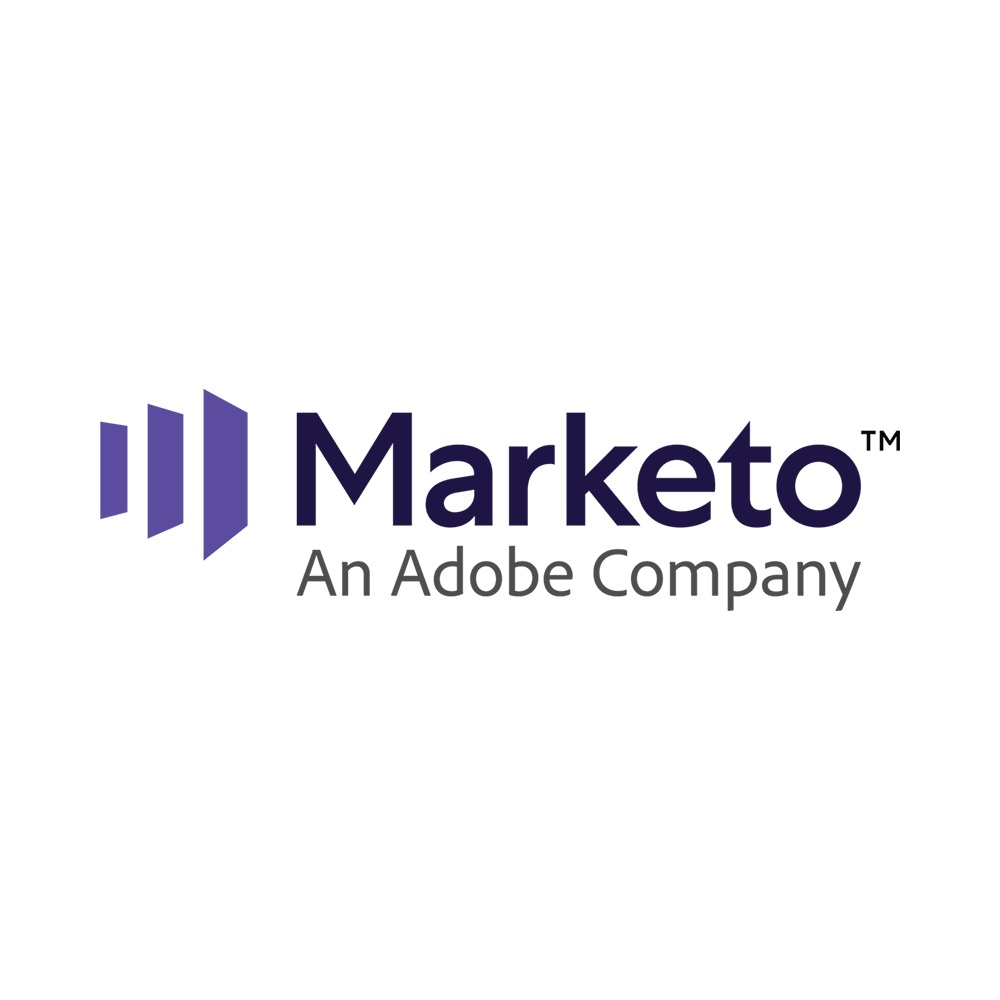
Inbound Marketing
At Marketo, our definition of inbound marketing is “the process of helping potential customers find your company—often before they are even looking to make a purchase—and then turning that early awareness into brand preference, and ultimately, into leads and revenue.”
Gone are the days that a marketer only relied on outbound techniques like trade shows, cold calling, and advertisements to get leads. Today’s buyer is in control. According to Forrester, buyers seek out three pieces of content about a vendor for every one piece sent by a marketer, and for every one piece sent by sales. Because of buyer self-education, your job as a marketer is to be heard through the noise and come up with new ways for leads to find you. To be a marketer in today’s world, you need a solid grasp of inbound in order to truly amplify your lead generation impact.
How do you do that? You need to create interest by offering a relevant mix of informative and entertaining content that builds a meaningful relationship with your audience. And you have to make sure that you are distributing your content through all the right channels – where your buyer spends time. This section goes into a bit more detail on some of the common tactics for inbound lead generation.
Content and SEO
Your content is the foundation of your inbound marketing efforts. According to Content Marketing Institute, content marketing is “a marketing technique of creating and distributing relevant and valuable content to attract, acquire, and engage a clearly defined and understood target audience—with the objective of driving profitable customer action”. Think of content as the fuel to all of your marketing campaigns from email to social. Create content that is impactful to your audience and drives sharing. Through creating high quality content, you can begin to gain your buyer’s trust and start breaking through the noise.
Because search engines equate high-quality content with a high-quality website, creating content with value is very important. Conduct a content audit to see how many of your assets fall into the thought leadership vs. promotional category. That means making sure that your thought leadership content has substance to it. Lots of companies are jumping on the content bandwagon, so do it right: focus on quality over quantity, and on providing useful – not promotional – information.
Once you have a good mix of high-value content, including visual content, start promoting it on social channels. The more engagement you get, the more Google considers your content to be of high value, which in turn boosts your SEO rankings. Search engines look for natural links, so the more informative your content is, the more likely people will link to it naturally.
Website
Your website is where the magic happens. This is the place where your audience needs to convert. Whether it is encouraging prospective buyers to sign up for your newsletter or fill out a form for a demo, the key is to optimize your website for converting browsers into actual leads. Pay attention to forms, Calls-to-Action (CTA), layout, design, and content.
Blog
Your blog is a fantastic place to create trust with your buyers. Readers can stumble upon your blog from all over the web, so you want to make sure it is search-engine optimized. Remember that someone reading the blog may not want to immediately sign up for a demo, so highlight the Calls-to-Action that ask your reader to subscribe to the blog or to follow you on social channels. A well laid out blog will keep your readers interested, coming back for more, and hopefully curious enough to start looking at the rest of your site. Keep your readership up and position your blog as a gateway to conversion.
Social Media
The increasing popularity of social channels has directly attributed to information abundance. Through social networks, buyers have been able to research and learn about products and services through influencers and peers. Additionally, a profound shift has taken place within social media channels. Although social is still important for branding and generating buzz, lead generation is becoming more and more important. By tapping into all the social media channels, from Facebook and Twitter to LinkedIn and Google+, you can be where your customers are and create that trust.
Outbound Marketing
While inbound marketing is getting a lot of buzz, a well-rounded marketing mix should include both inbound and outbound marketing strategies. Inbound works for broad lead generation activities, but outbound is good to amplify your inbound efforts, and target specific opportunities. So what exactly is outbound marketing? It’s using outbound channels to introduce your message and content to your prospects, typically through rented attention, rather than making your content and messages availableon your own properties.
In many cases, outbound techniques can get someone to think about you even if they haven’t thought about you yet, since many of the methods you use should have more of a “wow” factor to make your company stand out. Outbound communication is often highly targeted, with a call-to-action that is very obvious. As a result, good outbound marketing can push someone through the funnel at a faster rate, assuming they are closer to being ready to buy. Inbound alone often does not drive someone to buy. Outbound gives them that extra nudge they need to drive a lead down the funnel.
Combining outbound and inbound can multiply the number of views you generate, dramatically increase sharing, and ultimately increase the number of potential customers who see your content. While your mix may differ from ours, we find that the following outbound tactics work best.
Email Marketing
Email is a cornerstone and key component of every marketing campaign. Whether you are hosting an event, sending out a new piece of content, promoting a new service offering, or staying in touch with customers, email should be one of your main forms of communication. According to MarketingSherpa, the most used lead generation tactic is email marketing, with 81% of respondents citing it as the most effective channel. By putting your content in front of prospects, you can find people who might not be looking for you.
Display Ads
Display ads are typically highly targeted to different demographic or behavioral actions. You can select where you want the ads to be seen by choosing an online publication that you feel is a place where your leads spend time, or you can also leverage re-targeter ads that can cookie a lead that views your site. With re-targeter ads, once a person gets cookied, your ads appear on other sites that he or she visits afterwards. Through online ads you can reach more of your target audience, educate potential prospects, and drive leads. Display ads also serve a purpose at every stage in the funnel—building brand and audience at Top of Funnel, educating and helping evaluation at Mid-Funnel, and increasing conversions at Bottom of Funnel.
Pay-per-Click Ads
With Pay-per-Click (PPC ) ads you pay for each click on your ad which is displayed on a search engine such as Google, Yahoo, or Bing, or on a website. For PPC on search engines, your ads show up as sponsored results on the top and side of the organic search terms. PPC ads are a terrific way to draw attention to your latest content or service offerings. They are also highly targeted so they can generate very high quality leads. Advertisers bid on keyword phrases relevant to their target markets and your ads will display when a keyword query matches your chosen keyword list.
Content Syndication
Because prospective buyers won’t always end up at your website as they start their purchase journey, it’s important that you establish a presence where they may show up. A great way to deliver high-value content to the correct prospects is through content syndication – a content sharing strategy that can be used to promote your whitepapers, articles, news releases, etc. on other websites for greater reach and engagement. Through content syndication, your content appears on third-party sites and newsletters. And because most content syndicators deliver leads directly to your inbox, it’s a great way to keep leads coming in the door.
Direct Mail
You may think direct mail is a thing of the past. But it’s still effective for targeted communications. Consider a content asset developed for high-level executives. Executives don’t usually browse the web for information. And it can be hard to get through to them via email. That means they may not come across the content you’ve developed with them in mind. This is where direct mail can prove powerful. You could send a direct mail piece to this audience to make them aware of your new, targeted content asset. Direct mail also gives you a chance to grab the attention of a hot prospect by being creative and interesting with your message and presentation.
Events
Whether you are hosting a small private function, a large-scale international tradeshow, or an executive-level webinar, event marketing needs to be an integral part of the lead generation mix. After all, events are a critical component of an outbound marketing strategy. Essentially, events offer you the chance to define your brand, clarify the solutions you provide, and establish personal connections with participants. And while they provide you with an invaluable opportunity to engage with prospects and customers, events also give attendees the chance to interact with each other. As every marketer knows, there is no better advertising than the direct words of a satisfied customer. Events also provide a venue to deliver speeches and content that convey your company’s thought leadership and raise your perception in the eyes of buyers. Compared to other marketing tactics, events are more likely to quickly turn a prospect into a strong lead. As a lively, interactive, educational forum, events position your business as a trusted leader in a field of many.
Sales Development Reps
Sales Development reps (SDRs), also often called Inside Sales or Lead Qualification reps, are focused on one thing: reviewing, contacting, and qualifying marketing-generated leads and delivering them to Sales Account Executives. Simply put, SDR teams pass the baton from Marketing to Sales. Why do it this way? Because you want to make sure every single lead Marketing passes to your Sales team is as qualified as possible. Your SDRs should take the time to help each and every lead, offer them value, make a positive impression, create future demand, and become a trusted advisor. This step is critical in the lead generation process because you don’t want to treat your leads as blank faces to be simply questioned, qualified, and harvested.
Middle of the Funnel (MOFU)
The self-directed buyer’s shields are up, and they are ignoring your messages. Developing a relationship to cut through the noise is critical. Not all leads that go to sales are ready to buy, so you have to make sure that you have in place a solid lead nurturing strategy to continue to build awareness and affinity for your brand while your prospect is self-educating. Through paying attention to your MOFU efforts through tactics such as lead nurturing, you can continue to have a relevant conversation with prospects long after your lead generation efforts.
Lead nurturing also increases lead to opportunity conversion rate, drives more revenue, and shortens the sales cycle. It is about finding the right buyers at the right time. Lead generation brings buyers into the funnel, but lead nurturing and scoring sends them to sales so that your sales team can close the deal at the right time. In fact, according to MarketingSherpa’s Lead Generation benchmark report, companies who leverage lead nurturing see a 45% lift in lead generation over those companies who do not use lead nurturing.






